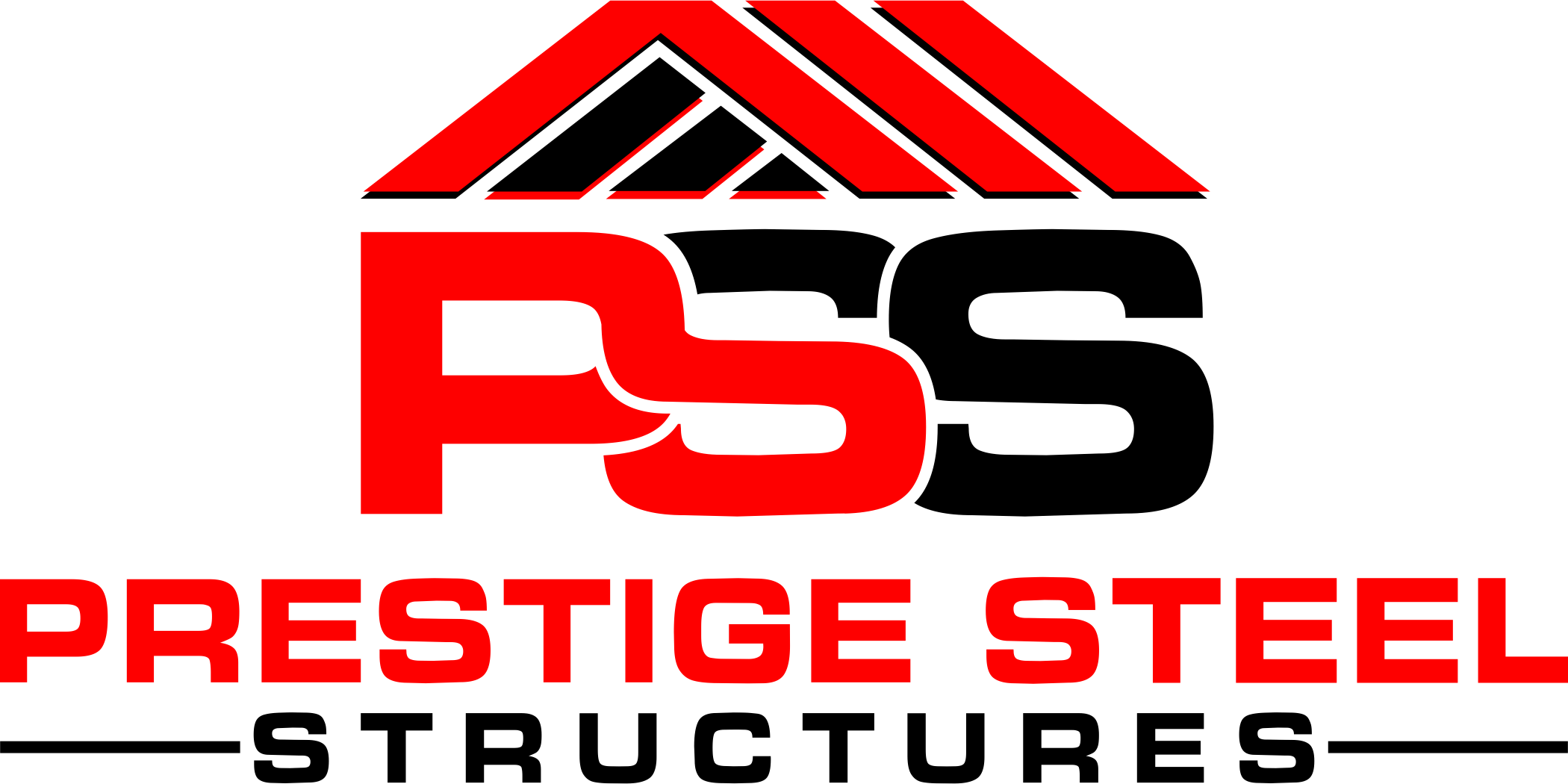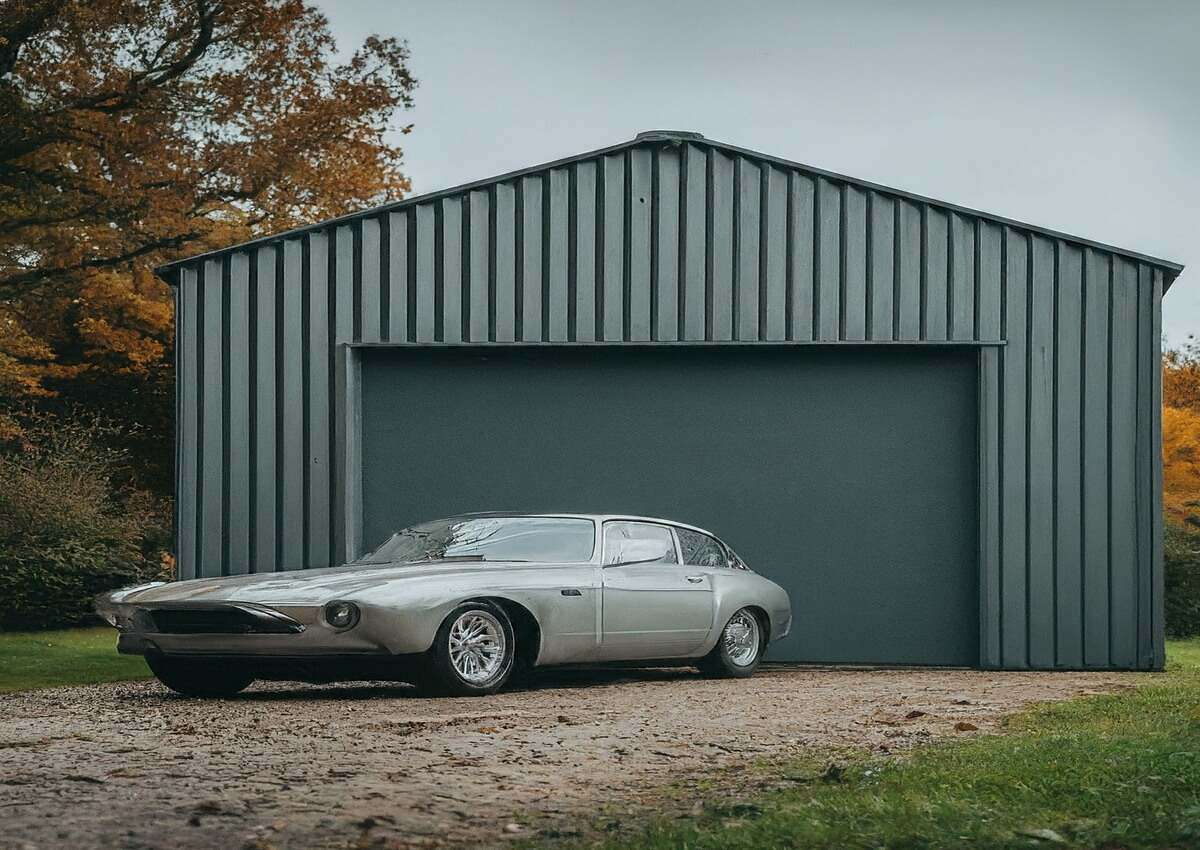Metal garage buildings have become a popular choice for homeowners and businesses due to their durability, versatility, and cost-efficiency. These structures are renowned for their longevity, but several factors determine just how long a metal garage can last. This article explores the key considerations that impact the lifespan of metal garages and provides actionable tips to ensure your investment remains functional and aesthetically pleasing for decades.
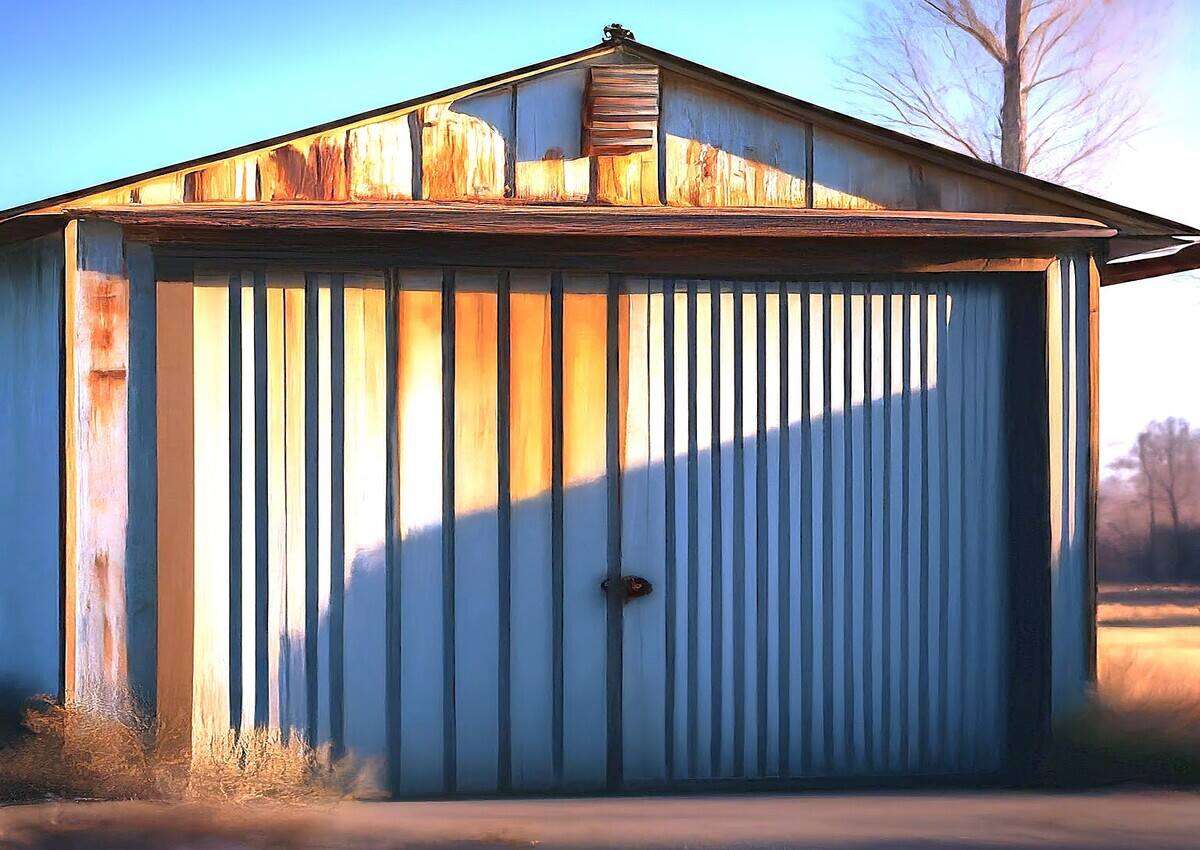
Understanding the Lifespan of Metal Garages
Metal garages, particularly those made from steel, are engineered to last. On average, a well-maintained metal garage can last anywhere from 50 to 100 years. However, this longevity is not merely a product of the material itself but rather a combination of quality construction, proper maintenance, and environmental factors.
- Material Quality: The type of metal and the quality of materials used in construction play a crucial role in the longevity of a metal garage. Steel, especially high-grade steel, is favored for its strength and resistance to various environmental challenges. The use of galvanized steel, which is coated with a layer of zinc to prevent rusting, is particularly beneficial in extending the life of the garage.
- Environmental Factors: The geographical location of your metal garage significantly impacts its lifespan. Garages in coastal areas or regions with high humidity face greater challenges due to the potential for corrosion from saltwater or moisture. In such environments, additional protective measures, such as specialized coatings, are essential.
- Maintenance Practices: Routine maintenance is perhaps the most critical factor in determining how long a metal garage will last. Regular inspections, cleaning, and prompt repairs can prevent minor issues from escalating into significant problems. Maintenance activities should include checking for signs of corrosion, sealing any gaps, repainting as needed, and ensuring that drainage systems function correctly.
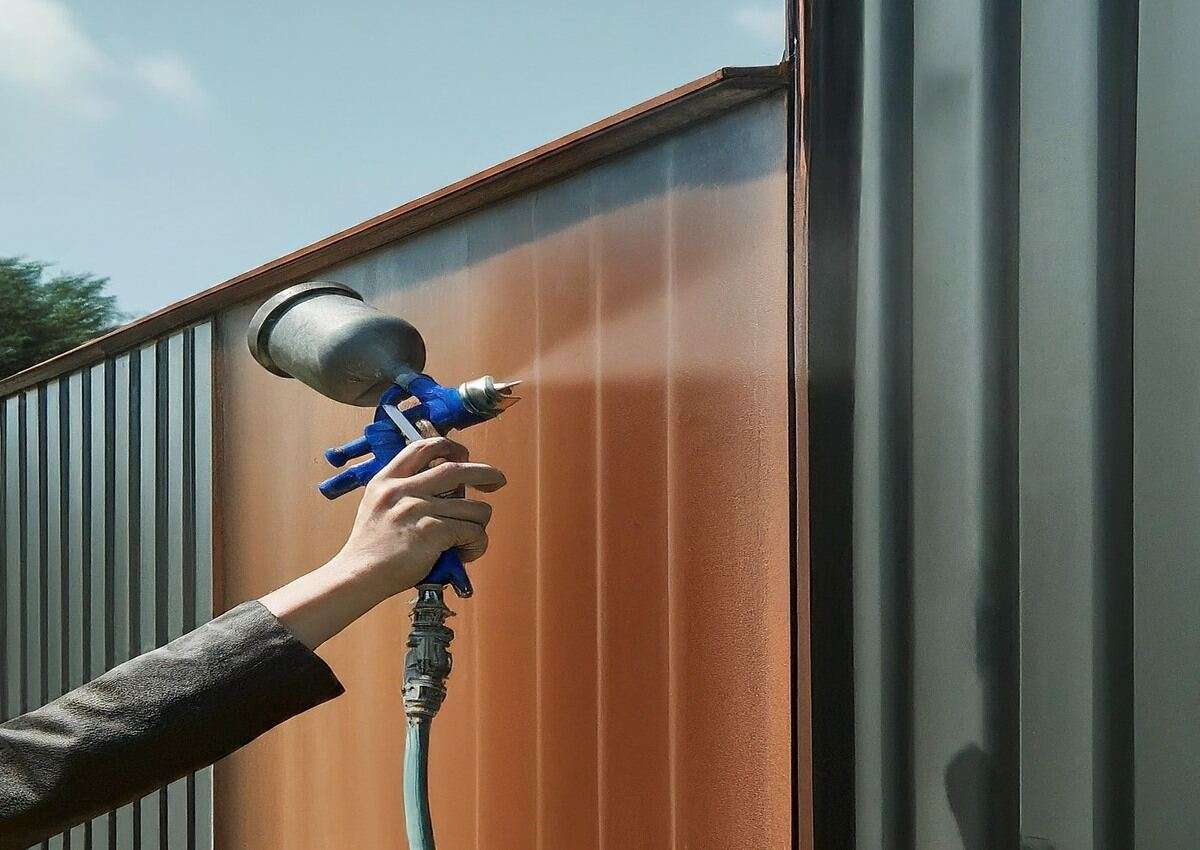
Key Factors Affecting the Lifespan of Metal Garages
Several factors contribute to the longevity of metal garages. Understanding and managing these factors can help you maximize the lifespan of your structure.
Corrosion Resistance
Corrosion is one of the primary threats to metal garages, particularly in environments where moisture or salt is prevalent, such as near coastlines or in regions with high humidity. To combat this, many metal garages are constructed using materials that are either inherently resistant to corrosion or treated with protective coatings. For instance, galvanized steel, which is steel coated with zinc, provides an effective barrier that prevents rust and extends the life of the garage. Regular inspections and maintenance are key to managing corrosion and ensuring the garage’s longevity.
Fire Resistance
One of the significant advantages of metal garages over traditional wood structures is their inherent fire resistance. Steel does not burn, and when combined with fire-resistant coatings, metal garages can withstand high temperatures without compromising their structural integrity. This makes metal garages an excellent choice in areas prone to wildfires or other fire-related risks, providing peace of mind and reducing the risk of damage.
Pest Resistance
Unlike wood, metal garages are not susceptible to termite damage or other pest infestations. This inherent resistance to pests not only reduces maintenance costs but also ensures the structural integrity of the garage over time. For homeowners and businesses in areas where termite activity is a concern, a metal garage offers a long-lasting, low-maintenance solution that outperforms traditional wooden structures in pest resistance.
Design and Construction
The design and construction of a metal garage are fundamental to its longevity. Metal garages can be custom-designed to withstand local environmental conditions, such as high winds, heavy snow loads, or seismic activity. By utilizing advanced engineering techniques and high-quality construction materials, these garages are built to endure the specific stresses imposed by their environment, ensuring they remain sturdy and functional for decades. The modular design of metal garages also allows for easy expansions and modifications to meet changing needs.
Moisture Control
Moisture is a significant concern for metal garages, as it can lead to rust and other forms of structural degradation over time. Proper moisture control is essential to prevent these issues. Installing effective insulation and vapor barriers, along with well-designed drainage systems, can significantly reduce the risk of moisture buildup inside the garage. Ensuring that the garage is well-sealed and that water is directed away from the foundation is crucial for maintaining its structural integrity and preventing rust.
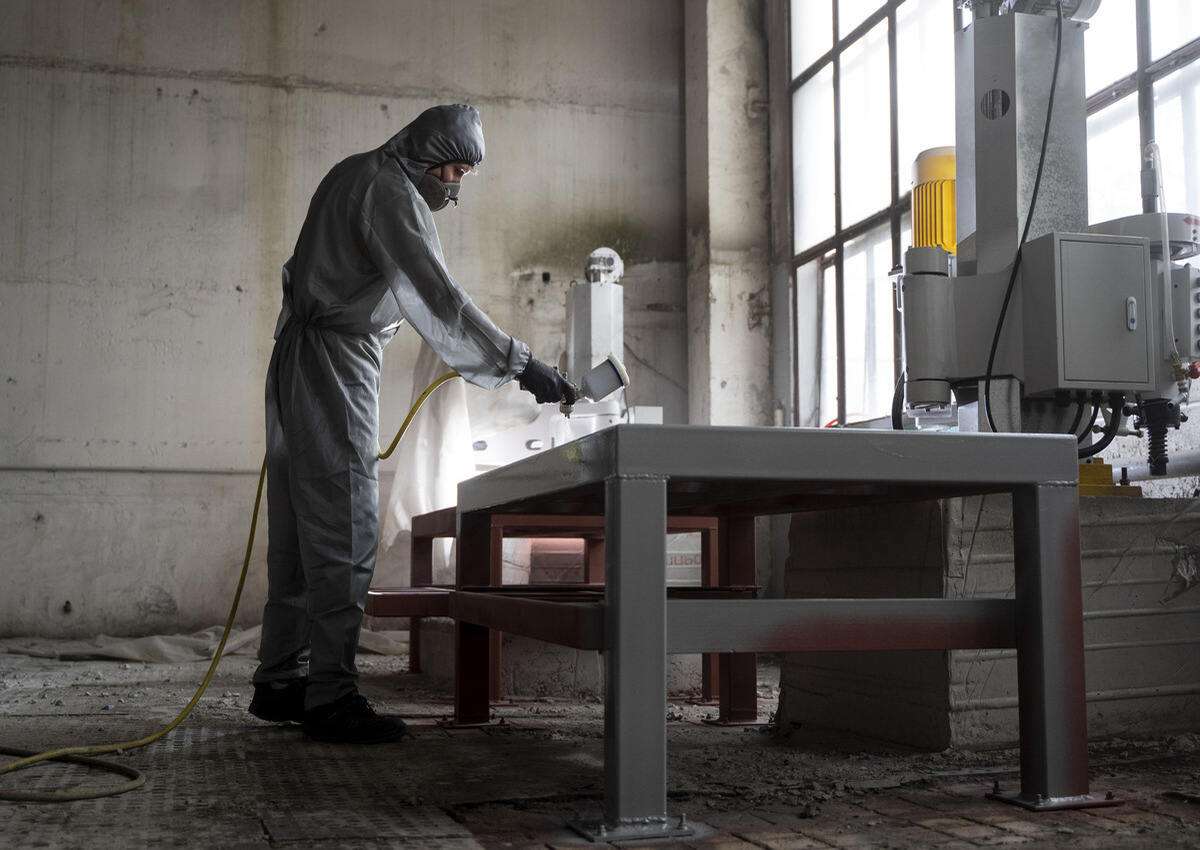
Essential Maintenance Tips for Maximizing Longevity
To ensure that your metal garage remains a valuable asset for decades, it’s crucial to implement a consistent and thorough maintenance routine. These essential tips focus on regular inspections and proactive measures that address potential issues before they become significant problems.
Regular Inspections
Inspect your metal garage twice a year and after major storms. Focus on the roof, gutters, and potential water entry points to catch rust, leaks, or structural issues early.
Check for Corrosion and Structural Issues
Look for rust, loose fasteners, and structural deformities in your metal garage. Address these issues promptly to maintain structural integrity.
Inspect Doors, Windows, and Roofs
Check doors, windows, and the roof for damage like cracks, broken seals, or leaks. Ensure these areas are secure to protect your garage from the elements.
Examine Seals, Joints, and Drainage
Ensure all seals, joints, and seams are intact. Check drainage systems to prevent water buildup and rust.
Inspect the Foundation
Look for cracks or shifting in the foundation. Early detection prevents more serious damage to the metal structure.
Repainting and Recoating
Repaint or recoat your metal garage every 10-20 years to prevent rust and corrosion.
Snow and Debris Removal
Remove snow and debris from the roof and gutters to prevent structural strain and rust.
Use a Checklist
Create a detailed inspection checklist specific to your metal garage to ensure thorough maintenance.
Additional Proactive Maintenance Tips
Beyond the essential maintenance practices, there are additional strategies that can further enhance the longevity of your metal garage. These proactive tips address more specific maintenance needs and long-term considerations.
- Increase Inspection Frequency: In addition to biannual inspections, consider performing more frequent walkarounds, such as monthly or quarterly, to catch minor issues before they escalate. These quick checks help you stay on top of maintenance tasks and address problems early.
- Seasonal Maintenance Checks: Prepare your garage for the extremes of winter and summer by scheduling seasonal maintenance checks. For winter, focus on ensuring that the roof is clear of snow and that heating systems are functioning correctly. In summer, prioritize cooling systems and check for any heat-related wear and tear.
- Monitor Roof for Signs of Trouble: Be aware of signs that indicate potential roof problems, such as interior drips, ceiling stains, or poor drainage. These issues can often be early warning signs of more significant roof damage.
- Routinely Test Safety Systems: Regularly test smoke detectors, fire alarms, security systems, and emergency lighting to ensure they function properly in case of an emergency.
- Reapply Sealant Every 8-10 Years: Reapplying sealant periodically helps maintain a strong barrier against moisture and air leaks, keeping your garage dry and energy-efficient.

The Advantages of Metal Garages
Metal garages offer numerous advantages that contribute to their popularity in both residential and commercial applications.
- Cost-Effectiveness: Metal garages are generally more cost-effective in the long run compared to traditional structures. Their durability reduces the need for frequent repairs, and their resistance to pests, fire, and moisture further lowers maintenance costs.
- Sustainability: Metal is one of the most sustainable building materials available. Most metal used in construction is recyclable, and at the end of a garage’s life, the materials can be repurposed. This not only reduces environmental impact but also makes metal garages a preferred choice for environmentally-conscious builders.
- Design Flexibility: The strength of metal allows for greater design flexibility, enabling the creation of large, open spaces without the need for interior support columns. This flexibility makes metal garages ideal for various applications, from storage and workshops to vehicle housing and more.
Conclusion
Metal garages are an excellent investment, offering durability, versatility, and cost-effectiveness. By understanding the factors that impact their lifespan, such as material quality, environmental exposure, and maintenance practices, you can significantly extend their longevity. Implementing a regular maintenance routine, from biannual inspections to proactive upgrades, ensures that your garage remains structurally sound and functional for decades. Whether used for residential, commercial, or industrial purposes, a well-maintained metal garage can provide reliable service while maintaining its value and appearance over time.
Frequently Asked Questions (FAQs)
How long do metal garages typically last?
A well-maintained metal garage can last anywhere from 50 to 100 years, depending on factors like material quality, environmental conditions, and regular maintenance.
What are the key maintenance tasks for a metal garage?
Essential tasks include regular inspections, repainting, removing snow and debris from the roof, checking for corrosion, and ensuring proper drainage.
How often should I inspect my metal garage?
It’s recommended to inspect your metal garage at least twice a year, and after major storms, to catch any potential issues early.
Can metal garages resist pests and fire?
Yes, metal garages are naturally resistant to pests like termites and are also fire-resistant, especially when coated with fire-resistant materials.
What should I do if I notice rust on my metal garage?
If rust is detected, it’s important to address it immediately by cleaning the area, applying a rust-inhibiting primer, and repainting to prevent further corrosion.

